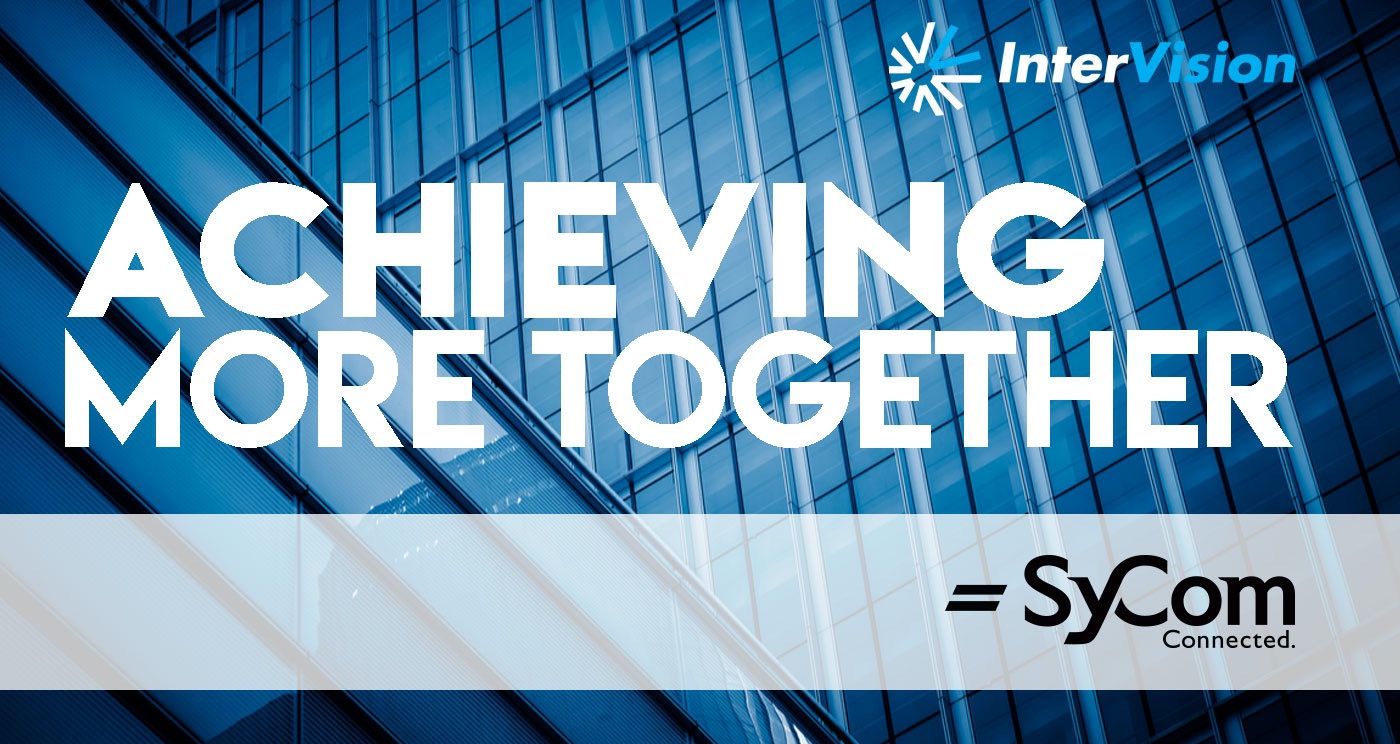Cloud Service Providers like Amazon Web Services (AWS) are not directly regulated by HIPAA and HITECH, however they do need to meet strict federal data-security standards that align with the HIPAA Security Rule.
With so many new announcements at 2021’s AWS re:Invent, it is difficult to summarize them all here with justice, so I thought it might be fun to offer a quick recap of my observations at the conference this year.
Simply put, the term “cloud computing” refers to data processing services delivered by technology providers through the Internet.
Cybersecurity in the cloud is a concern to the healthcare industry, so partners must know the industry to minimize risk.
Businesses turn to DRaaS to ensure cloud resiliency from disruptions; harnessing the cloud in times of an outage. Geo-diversity is one of several factors that harden organizations’ resiliency. Read more …
Cloud resiliency relies upon strategic alignment in a fast-evolving threat landscape, protecting assets against exposure and downtime.
A cyber-attack requires a unique recovery, so it needs to be treated as a disaster and strategized with DRaaS.
The purpose of a DR plan is to provide the rest of your organization with the confidence that when a disastrous event occurs, you can recover. But there are a lot of disaster types these days.
Ransomware is a reality of the business world. Being more dependent on technology means that unfortunately, cybercriminals know that as well.
InterVision, a leading strategic service provider expands into Mid-Atlantic Region with acquisition of SyCom Technologies.
Adam Scamihorn, Product Manager at InterVision, delves into stories of organizations that evaded disaster following a ransomware attack.







